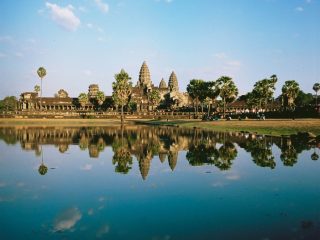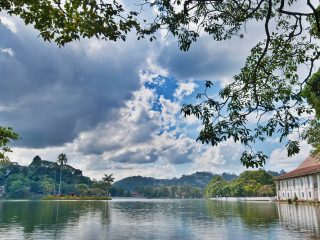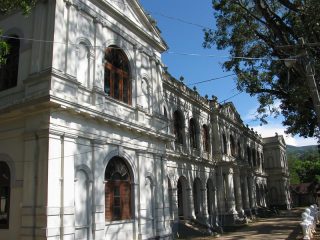The Dutch Fort in Galle represents the creative minds and strategic acumen of the European settlers whose efforts combined in creating a masterpiece of great value & appeal.

Builders
This incredible structure owes a great debt to the Portuguese who built the Fort in the year 1588. However, it was the Dutch who took up the mantle of fortifying the structure, adding vital components that began to materialize during the mid-1600s.
Ramparts
To the adventure-fuelled traveller, the site of the Dutch Fort will invariably bring with it scenes of thick, brick walls referred to as ramparts which presently have been overrun by moss and nature’s touch. Having stood the test of time, the ramparts were constructed given bolster the city’s defence en route to withstanding foreign invasions. On a more positive note, such a design feature facilitated a smooth flow of trade, commerce and missionary work in the city.
Bastions
Of the 14 bastions that add to the pageantry of the place, the Aeolus Bastian is worthy of mention. This is largely in part to its importance afforded towards the better navigation of ships that would arrive in the city while being well located within arm’s reach of the official residence of the Dutch naval commander. If ever one were to reside in the city, then perhaps, it would be prudent to opt for a beach hotel. Sri Lanka presents options such as KK Beach from where these pursuits might be planned out.











